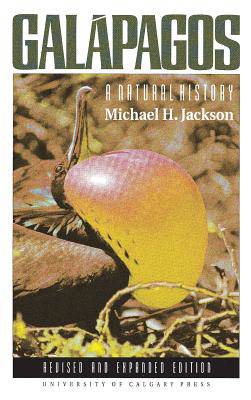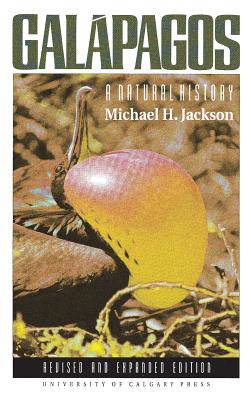
- Retrait gratuit dans votre magasin Club
- 7.000.000 titres dans notre catalogue
- Payer en toute sécurité
- Toujours un magasin près de chez vous
- Retrait gratuit dans votre magasin Club
- 7.000.000 titres dans notre catalogue
- Payer en toute sécurité
- Toujours un magasin près de chez vous
Description
Twenty thousand copies of the first edition of Galápagos were sold. An attractive and comprehensive guidebook, this work has been completely revised and updated by the author. The reader will find an easy-to-use text which details the natural history of the plants and anim
The Galápagos Islands are among the brightest jewels of the Pacific. Known for their unparalleled diversity of fearless, curious wildlife, the Galápagos famously inspired Charles Darwin's theories of natural selection. A true bucket-list destination, the Galápagos Islands have captured the hearts and minds of travellers from around the world.
In Galápagos: A Natural History, Michael H. Jackson provides the essential guide to the flora and fauna of the Galápagos Islands. Beginning with a comprehensive history of the environment, colonization, evolution and ecology of the islands, Jackson details the plant life, reptiles, sea, coast, and land birds, native mammals, intertidal and marine life, and invertebrates native to the islands in richly illustrated, easily navigable chapters. An index and checklist of plants and animals make this an essential companion for ecological excursions.
Including detailed exploration of the management and conservation of Galápagos National Park and its rules and regulations alongside key information and tips for visitors, Galápagos: A Natural History is a necessary guide for every traveller embarking for, or planning to visit, one of the worlds most stunning natural wonders.
als found in the Galápagos Islands. Management and conservation of the Galápagos National Park is discussed, and visitor information and notes about the various tourist sites are given. An index and checklist of plants and animals with page references and a glossary of technical terms are provided.Spécifications
Parties prenantes
- Auteur(s) :
- Editeur:
Contenu
- Nombre de pages :
- 336
- Langue:
- Anglais
Caractéristiques
- EAN:
- 9781895176070
- Date de parution :
- 30-06-94
- Format:
- Livre relié
- Format numérique:
- Genaaid
- Dimensions :
- 162 mm x 237 mm
- Poids :
- 725 g







